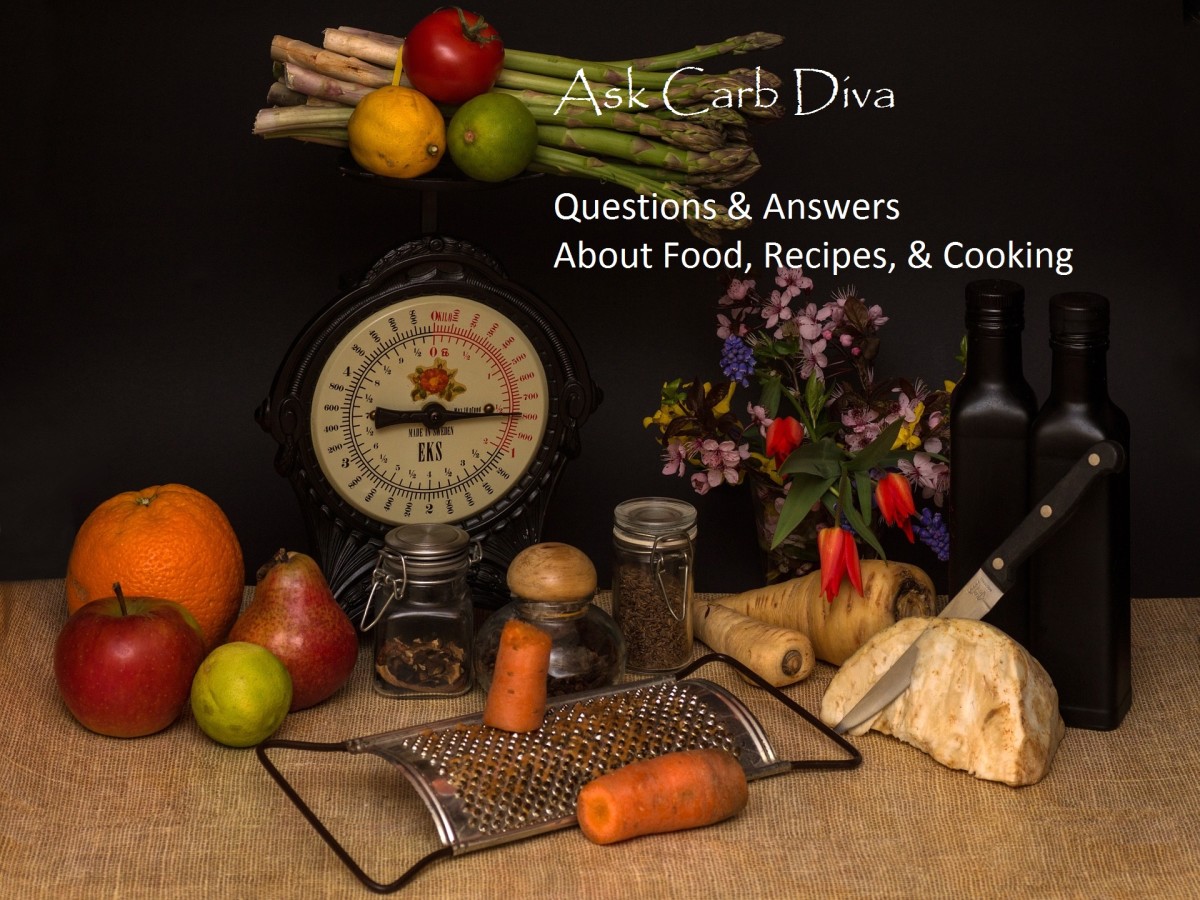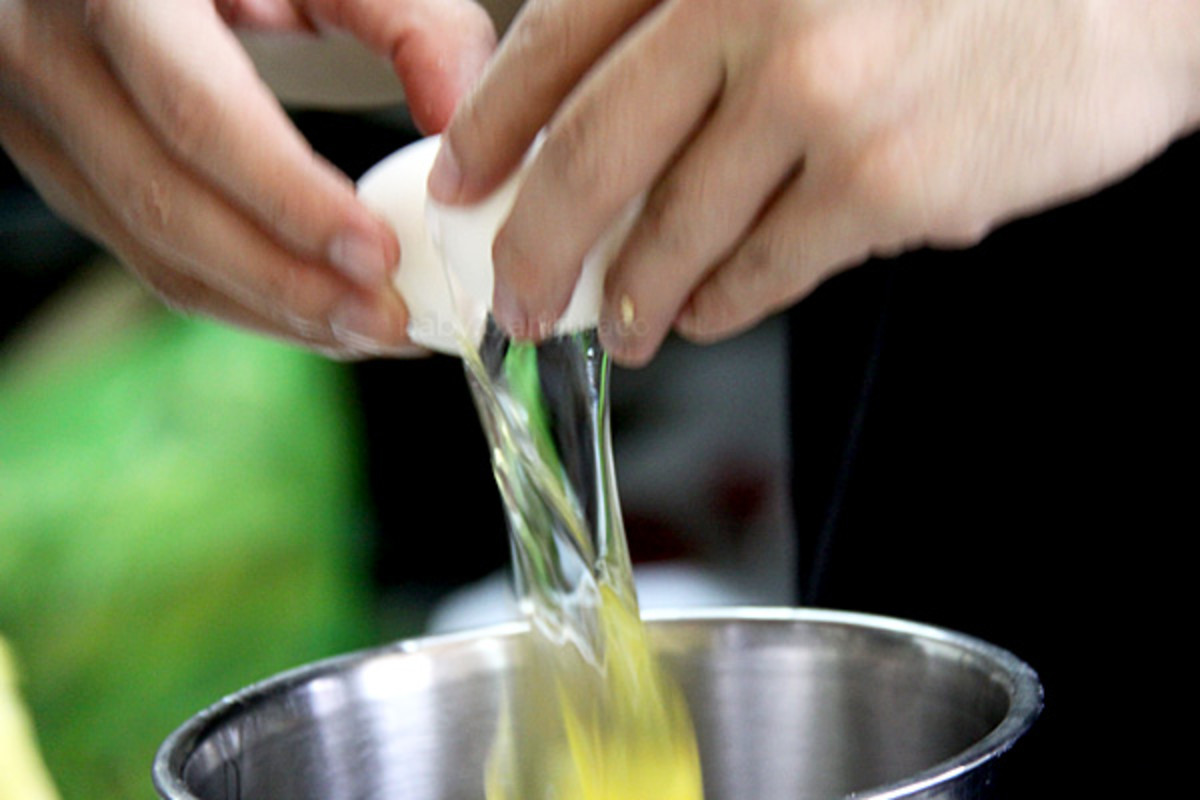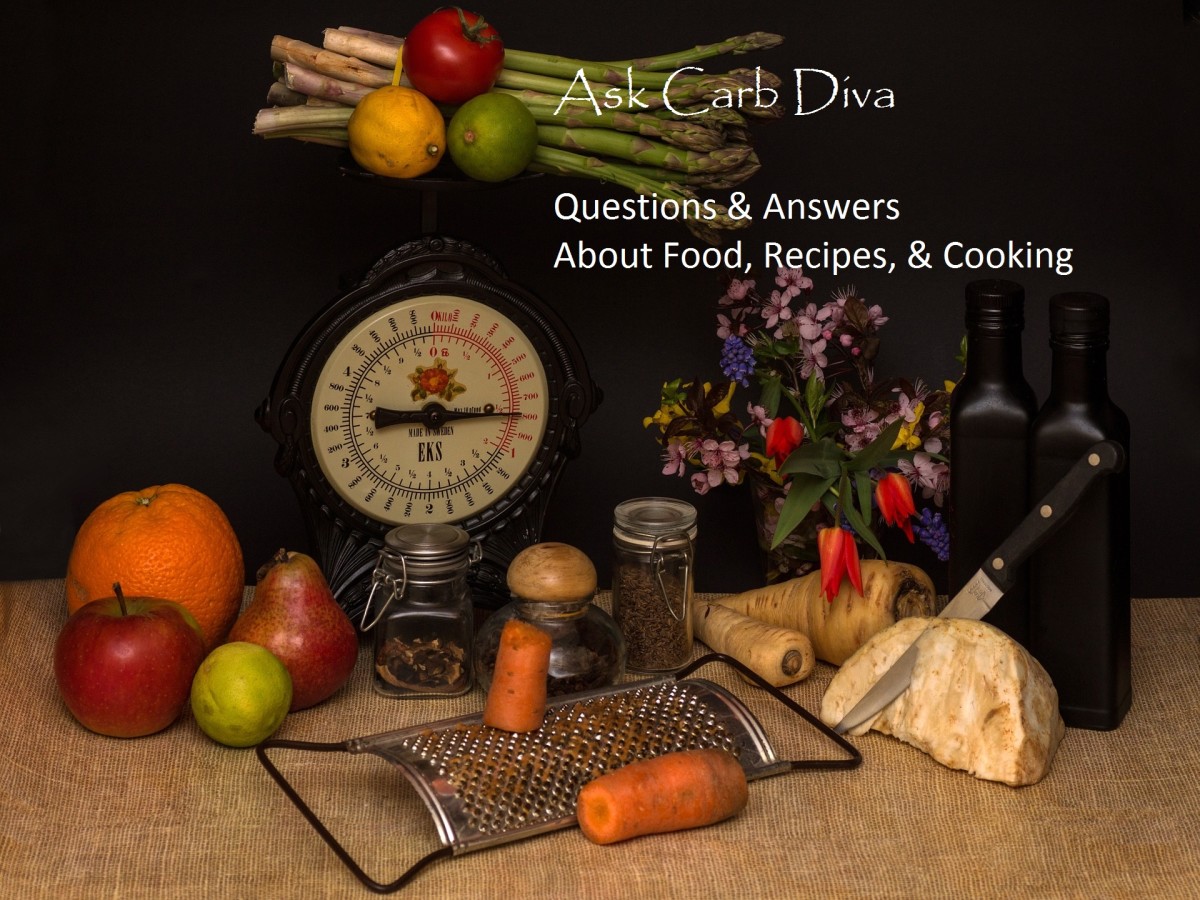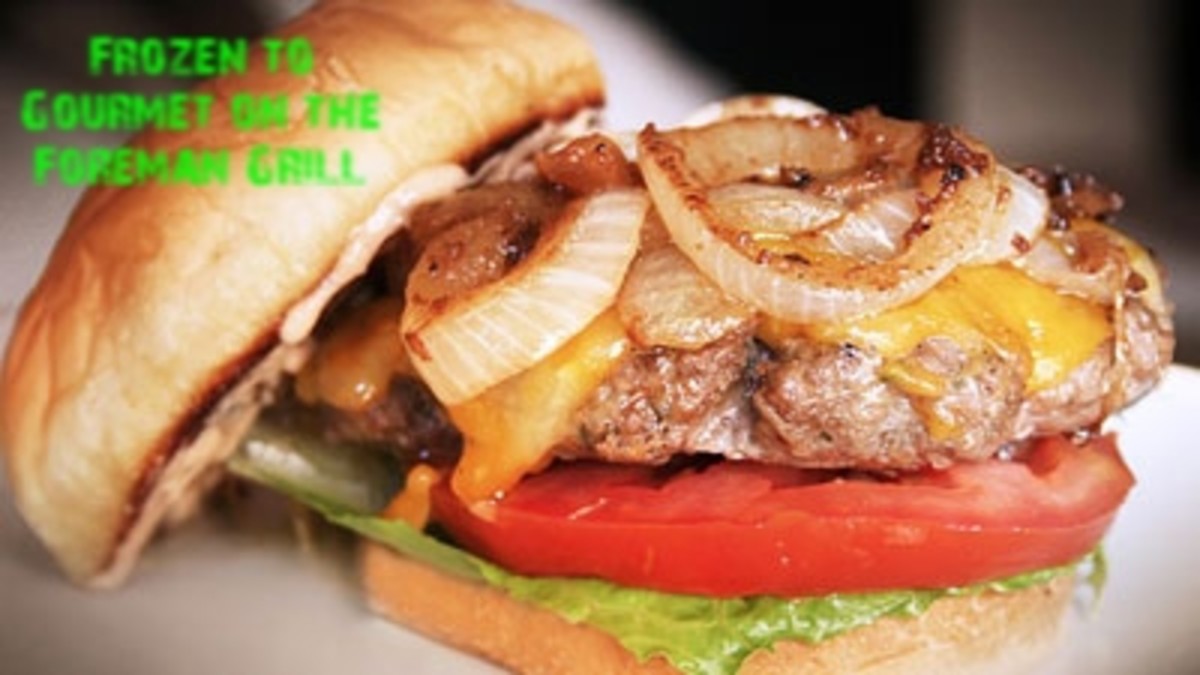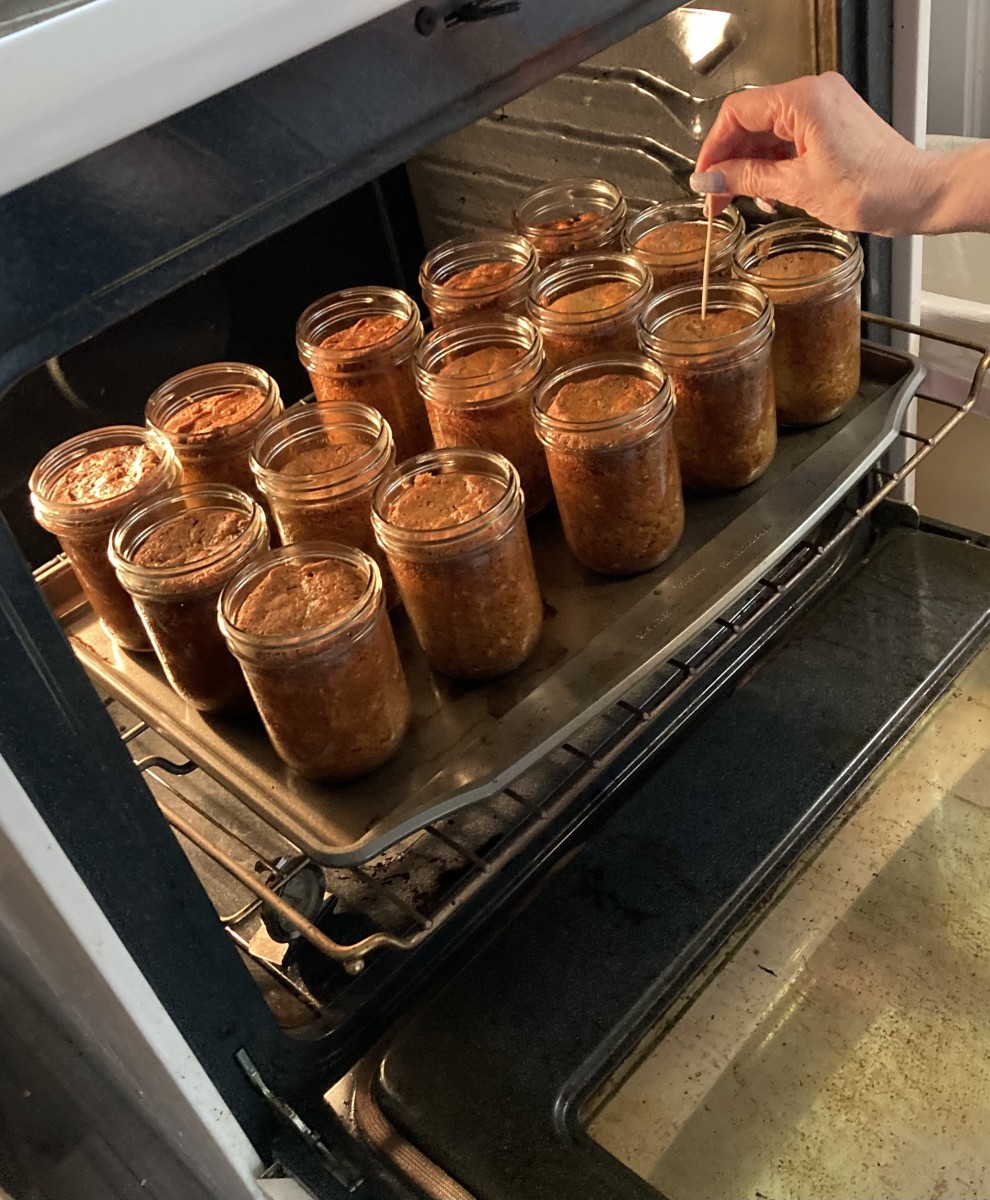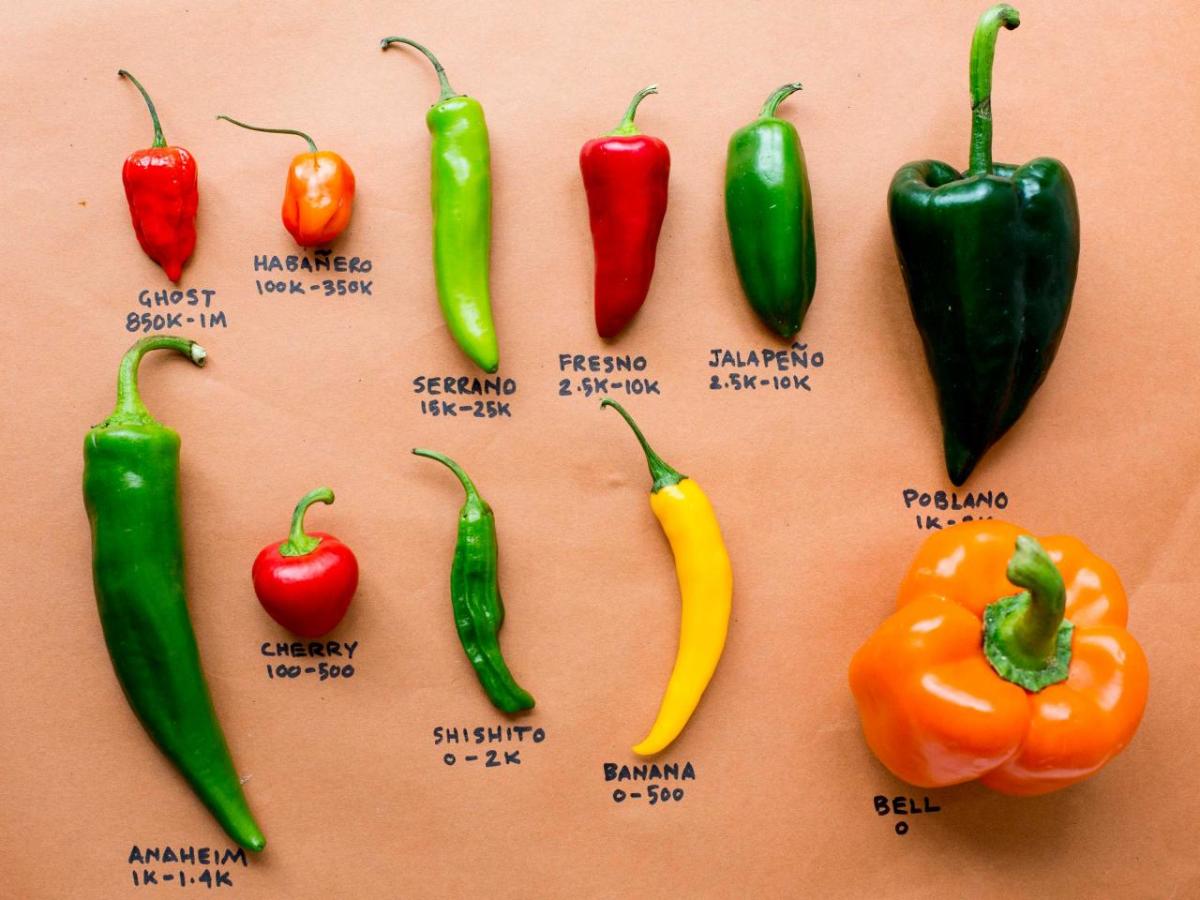How to cook more creatively
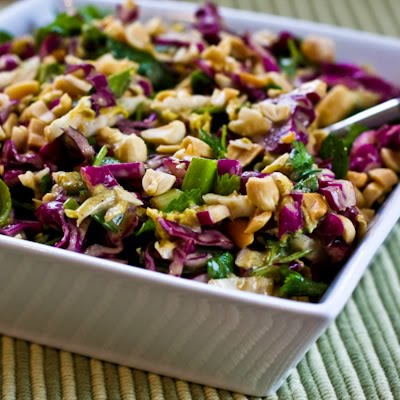
How to Cook Creatively
Benjamin Ugoji
Introduction
Creative thinking and Creativity
Can I learn to be creative?
Key aspects to creative cooking
Exploring the option to become more creative in cooking
Pancake roll with choice of filling - a product developed from creative endeavour
Conclusion
Introduction
Anyone reading this article could ask, ‘what has creativity got to do with cooking?’ You are right to feel the way you want. Cooking after all is a creative endeavour. You start with diverse ingredients to create a product with a benefit in terms of the satiation it brings to the eater. Why then do I have to bother about this topic? After all, you may argue that there is no point to re-invent the wheel as regards to the way most foods are prepared. In other words, you want to continue in the traditional way of cooking it. Cooking like any skill is an experience learned from practice. You are bound to improve in it and if possible develop the skill in being able to bring another slant to it. Therefore, like other skills you have acquired you can move your practice to it to another level by exposing your self to other ways of doing things.
As I am writing this article, many new food products are hitting the super market shelves. This is the scene in all other trades, example the fashion industry that requires continuous improvement in the design outfit they produce for their exacting customers. These are the products of creative endeavour. Why are we complacent about improving the way our food is prepared?
This article is to challenge such status quo and to provoke us to experiment in new ways of preparing food by thinking more creatively. We will explore the meaning of creativity and encourage us to become more intentional as we apply it in develop new food products from traditional recipes.
Creative thinking and Creativity
“Sometimes creative thinking lies along the line of invention, where you break new ground. Other times it moves along the line of innovation, which helps you to do old things in a new way.”
John C Maxwell
The topic on creative cooking will be incomplete without exploring the domain of creative thinking.
Creative thinking is a discipline that you can master and it is relevant to every area of our life. What then is creative thinking?
“Creative thinking involves creating something new or original. It involves the skills of flexibility, originality, fluency, elaboration, brainstorming, modification, imagery, associative thinking, attribute listing, metaphorical thinking, and forced relationships. The aim of creative thinking is to stimulate curiosity and promote divergence.”
Therefore, creative thinking is involved with the creation or generation of ideas, processes, experiences or objects.
From the foregoing definition creativity, thinking is a skill and it fosters creativity.
“Creativity is expressed in the ability to make connections, to make associations, to turn things around and express tem in a new way.”
Can I learn to be creative?
“Creativity is the joy of not knowing it all.”
- Ernie Zelinski
Yes! You can learn to more creative by changing the way you think; hence, the way you do things.
According to Zull (2006), the ability to create is paramount to the completion of the virtuous learning cycle.
The cycle is summarised thus:
get information (sensory cortex)
make meaning of that information (back integrative cortex)
create new ideas from these meanings (front integrative cortex)
act on those ideas (motor cortex).
He proposes that there are four pillars of learning: gathering, analyzing, creating, and acting.
From the foregoing explanations, it is clear that for you to develop the art of creativity you have to employ your whole senses to scan and gather information, analyze the information, create something new and disseminate the information in a new way. Creating the idea is one thing but execution is another. Execution of the idea is the completion of the thinking process.
It requires learning to apply whole brain thinking. This means that you have to become more skilful on how to maximise the potential of the two sides of the brain.
Essentially, for you to become more creative, you need to expose yourself to explore options in the way you look at issues. According to Maxwell (2003), you have to develop these attributes:
Think Collect Create Correct Connect
To foster creativity concerning developing new recipes you need to understand how to tap into the whole brain as to optimise their potential to create. It is important to know that the right side of the brain (the right hemisphere) engages in creative functions and the left side (the left hemisphere) deals with more logical functions. For creativity and innovation to be complete, you need to know how to tap into this incomprehensible resource provided by our brain.
Key aspects to creative cooking
“…The best meals are unplanned, the result of intuition and experimentation. Consider recipes only advisory.”
Judith Campisi
If you have a look at any food recipe, consists of three areas:
- What to cook
- What is required – the ingredients
- How to cook – which is made up of series of events and activities
- The final product – outcome
Briefly, it could be summarised thus:
Process + Product = Outcome
The above illustration was derived from D. Trinidad Hunt’s book Learning To Learn – Maximizing Your Performance Potential; p. 66.
I am making the assumption here to liken cooking as a learning process. The Process is the ‘how’ of cooking. Product is the ‘what’ of cooking. The outcome is the result.
As you learn ‘how’ to cook, you choose any ‘what’ to cook.
The foregoing explorations, presents us with other important details that we need to know. Who is the food being prepared for? This presents the ‘human face’ to you cooking.
Where will I cook the food? When will you prepare the food; and why are you making the food? You may also need to consider what if; proposition. Say for example in the absence of an ingredient; could there be a substitute?
In fact, you need to very skilful and knowledgeable in the different cooking methods available to you in order to transform the raw materials into edible products. Essentially, cooked food results from transformation of different ingredients due to change in the behaviour of the ingredients based on the cooking process adopted. It is an experimental in nature and needs time and effort to develop. Therefore, you need to think about news to prepare or cook a traditional dish.
Exploring the option to become more creative in cooking
“I hope you don’t mind, but I got a bit spontaneous and put in dill pickles because the avocados aren’t quite ripe”
- Fantastic sandwich owner, Bristol
To explore the option of becoming more creative in cooking is not just an option, but also a necessity. Why do I say so? This is because it provides you with any valuable options. Being creative is a skill. Just as skills are, learned creativity in cooking will enrich the possibilities as regards to new recipes you bring to your table.
If you look at the natural ingredients we use to cook, for example pepper, we have different varieties and these add colour, taste, and sensory appeal to the food we eat.
In the same way, the ability to create different dishes that will appeal to different people is the very heart of creative cooking. It is like tailoring your culinary skills to suit your audience.
The question is, how can I be more creative as regards to cooking? If so, how can I explore this option?
You can! Here are some tips:
1 You have to start to pay attention to options available to you in any given situation on how to cook as well as improve the way you cook.
2 Look for methods you can use to change the outcome of your ingredients by using different cooking methods to change their behaviour.
3 Brainstorm on possible ways to present a particular ingredient. Develop how to use your right brain to explore new ways of doing things and your left-brain on the logistics of birthing these ideas to birth.
4 Read and scan for ideas in recipe book but do not follow them sheepishly.
The above conversation from the book - the craft and art of persuasive writing by Lindsay Camp; sums up the option to explore creative cooking.
Pancake roll with choice of filling - a product developed from creative endeavour
In this section, I will describe my motivation for developing a new product from conventional recipe. Imagine that you eat the same product every time and after a while, you become very tired of preparing the same product the same way. This is a problem and it needs solution. Therefore, you will need to develop many ideas on options available to change this situation.
Most probably, you have to brainstorm on alternate solutions – to think divergently!
In my own case, I use to prepare school lunch for my children and challenged by the lack of variation in terms of the food in their lunch box. If you have to eat sandwich every time with the variation being in the fillings in it, you will know what I mean.
The only option for me is to develop a new product. However, I had to seek inspiration from the original product base for bread – flour.
What kind of product can I develop from flour? How can I make this product so that the kids will enjoy it?
As I explored the options available, one idea was to develop a product like the basic pancake. It has to be very thin and springy to enable me wrap the fill around the pancake. This was the brief and the result of the product described below:
Pancake Roll with choice of filling
Ingredients:
You will need - Self raising flour, Eggs, Lettuce, Cucumber, Chicken or ham slices (as the case may be) Fresh semi-skimmed milk, margarine, Granulated sugar, Non stick frying pan, cooker.
Method
1 Weigh your self-raising flour, baking fat and sugar into a bowl. Carefully mix the whole ingredients to a homogenous mass with your finger. The ratio of the ingredients could be (2:1:1); that is if you use 50grams of flour. You will need 25 grams each of fat and sugar respectively.
Meanwhile pour beaten egg to the mixture and is thoroughly mixed with a wooden spoon. You have to use your imagination in this regard to estimate the number of eggs required. You can use two eggs to say 100 grams of the flour.
2 Add warm semi-skimmed milk to the mixture until you produce an emulsion with a very smooth consistency but very fluid (runny) in terms of rheological properties.
3 Put the non-tick pan over the cooker (gas mark 2-3); and add a little vegetable oil just enough to lubricate the pan. Allow the oil to spread all over the pan by moving the pan side ways. Pour the pancake mixture into the hot pan and quickly spread the mixture evenly across the pan to form a very thin overlay.
4 Allow it to cook for few minutes and turn the flat pancake on the other side to cook. The texture of the finished product will appear soft and springy almost as if an 'earlobe texture'
5 Put the lettuce, sliced cucumber and chicken and roll over the pancake. Cut into two equal parts with table knife and enjoy!
(See end of document for finished product)
Figure 1: Pancake wrap with Ham and lettuce filing
Conclusion
In this article, I have tried to explore the role of creativity in adding value to what we have on the table. The methods to improve our creativity suggested; and a recipe from such creative endeavour described. This recipe for making pancake is very valuable because it will help you to add value to otherwise simple ingredients. This is because you can literally include any choice of ingredients to the pancake roll. For example, vegetarian may add his or her own choice of vegetables rather than meat as an option. Therefore, you can create different meal options by using this simple recipe. In terms of nutritional properties, the product is full of the necessary nutrient you need for growth – vitamin (from the fresh vegetable), protein (from the eggs), carbohydrate (from the flour and sugar), and fat (from the margarine and cooking oil. It is also very presentable and suites different palates – vegetarians and meat eater alike.
© 2007 Benjamin S C Ugoji
Director Food Sense
- Food skills for healthy living
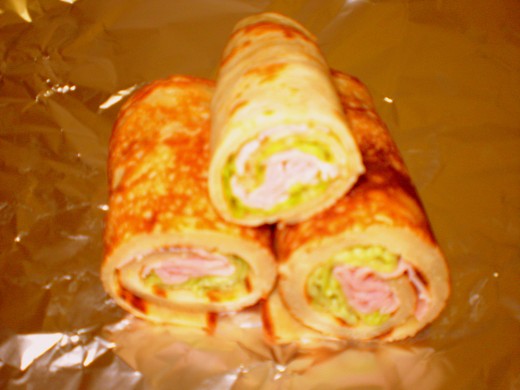
- how to cook creatively
How to Cook Creatively Benjamin Ugoji Introduction Creative thinking and Creativity Can I learn to be creative? Key aspects to creative cooking Exploring the option to become more creative in cooking Pancake roll with choice of filling... - Mediterranean Style Decorating: Creative Ideas for D...
Wall wine racks are the ideal addition to a room decorated with Mediterranean style, especially a dining room, kitchen, or a bar area. Stylish racks complete with sculptured vines, leaves, and grapes gently hold bottles at the perfect angle to... - How to Kill, Clean, and Cook Blue Crabs, with Videos
A great guide for killing, cooking, and cleaning blue crabs. Helpful videos included! - Cooking Techniques for Corn-on-the-Cob
Lots of tips for seasoning and cooking corn-on-the cob: grilling, microwaving, roasting, frying, and batter-frying. - Common and Creative uses for Hollandaise Sauce.
Hollandaise Sauce is possibly the most finicky of sauces to make but, poured over the freshest of asparagus, well worth the hassle. Ingredients: 1/2 lb of unsalted butter, 3 egg yolkes, 1/2 oz cold water, 3/4 oz of freshly squeezed lemon juice,... - Combining Homeschooling and Cooking: Creative Ways t...
Courtesy of: http://www.pinkfairycake.com/images/iStock_000002892391XSmall.jpg Due to technical difficulties, I am unable at this time to display a picture of my own children cooking - as originally planned. Flour poofs from the batter bowl onto...


